We’ve all experienced the satisfaction of a freshly washed car. But all can agree that professional detailers achieve a whole new level of shine and brilliance. While their meticulous processes and specialized equipment undoubtedly contribute to a superior clean, the gap between home car washing and professional detailing might not be as vast as you think.
Here, we’ve mentioned some secrets car detailing services often hold close. These tricks are simple and easy but can give you the drastic result you want. So, grab your bucket and prepare to be amazed.
Try The Two-Bucket Wash
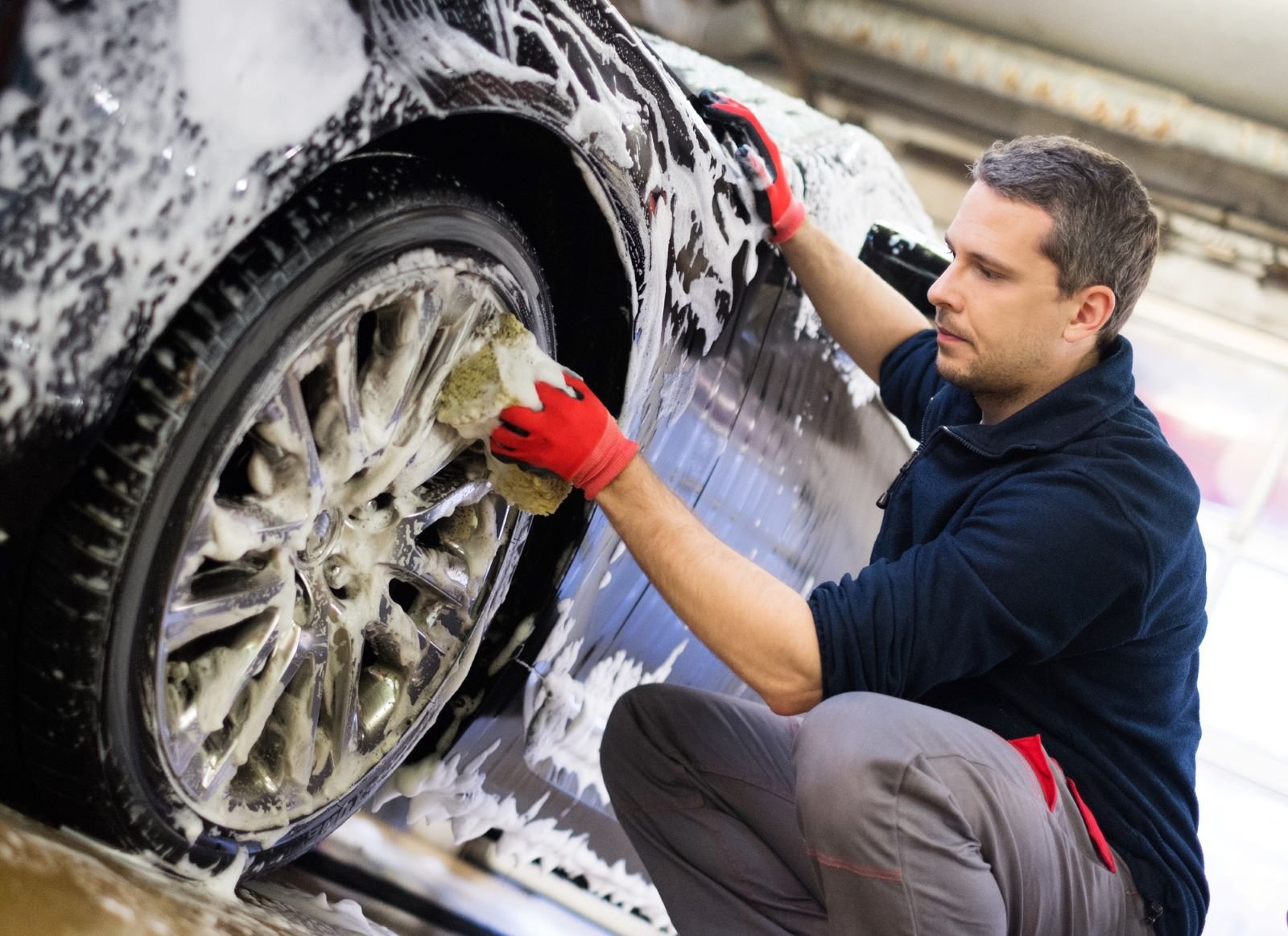
This might sound simple, but it’s a game-changer. Pros use two buckets, one with clean, soapy car wash shampoo and another with plain water for rinsing. This is because the dirt gets trapped in your wash mitt as you wash your car. Dunking it back in soapy water just spreads that dirty water around your car, leaving scratches. Rinsing your mitt in the clean water bucket removes the dirt, keeps your soapy water clean, and prevents scratches.
Use Microfiber Cloth
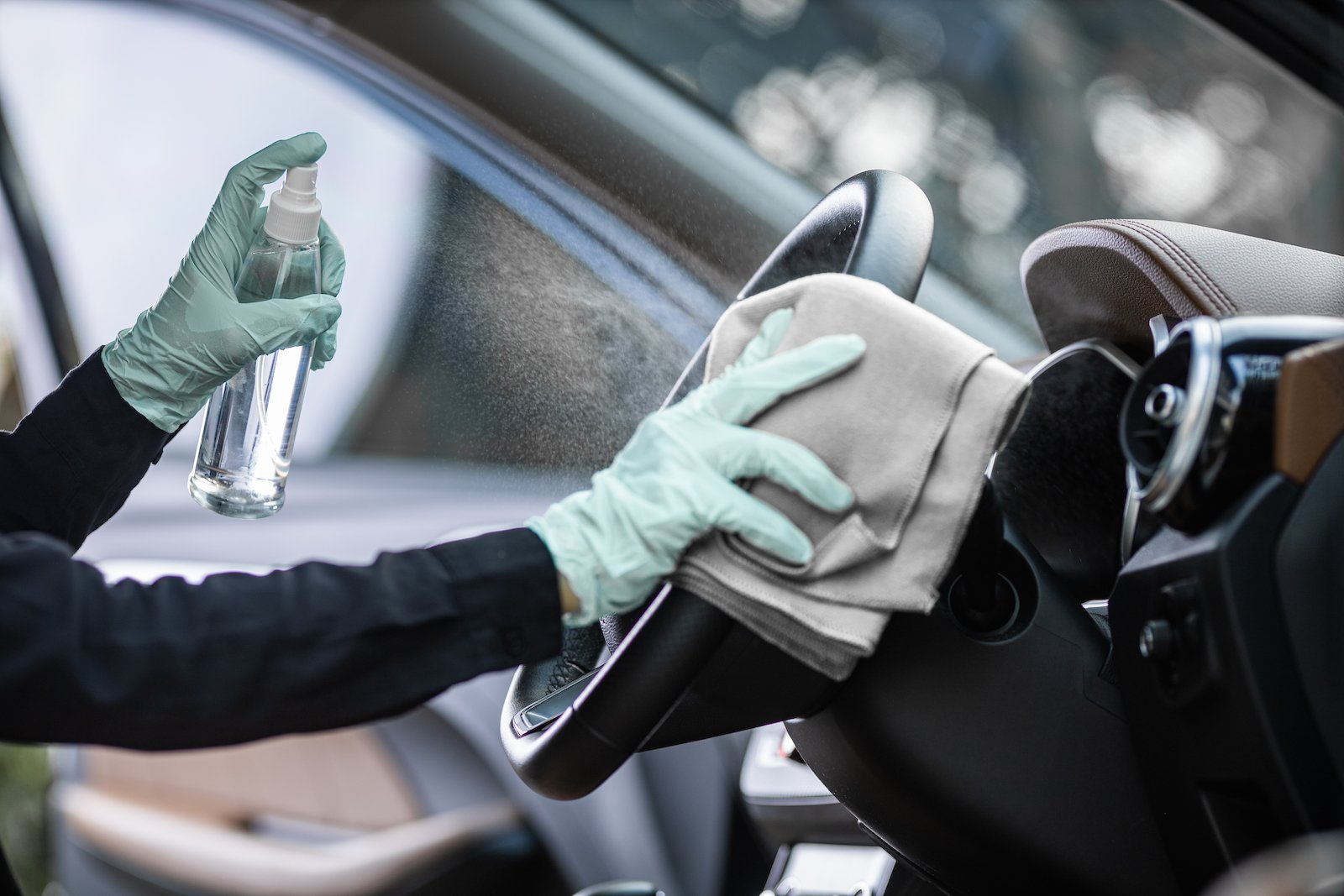
Ditch the sponges and rags. Professionals use microfiber cloths for almost everything. Unlike scratchy sponges that can leave swirls, these super-soft cloths trap dirt and dust deep within their fibers. Microfiber is absorbent, so you can dry your car without leaving streaks or water spots. It’s even gentle enough to use on delicate surfaces like dashboards.
Try Claying

While it may sound fancy, claying is quite simple and effective. A clay bar is a unique, non-abrasive material that removes bonded contaminants from your car’s paint. Using a clay bar leaves the paint feeling as smooth as glass, which not only looks impressive but also helps protect the paint from future environmental damage. You can easily find clay bars on popular shopping websites and nearby supermarkets.
If you’re unsure how to use a clay bar, numerous videos online can guide you. In brief, you need to lubricate the area you’re working on and gently slide the clay bar back and forth.
Start Pre-Cleaning Wheels
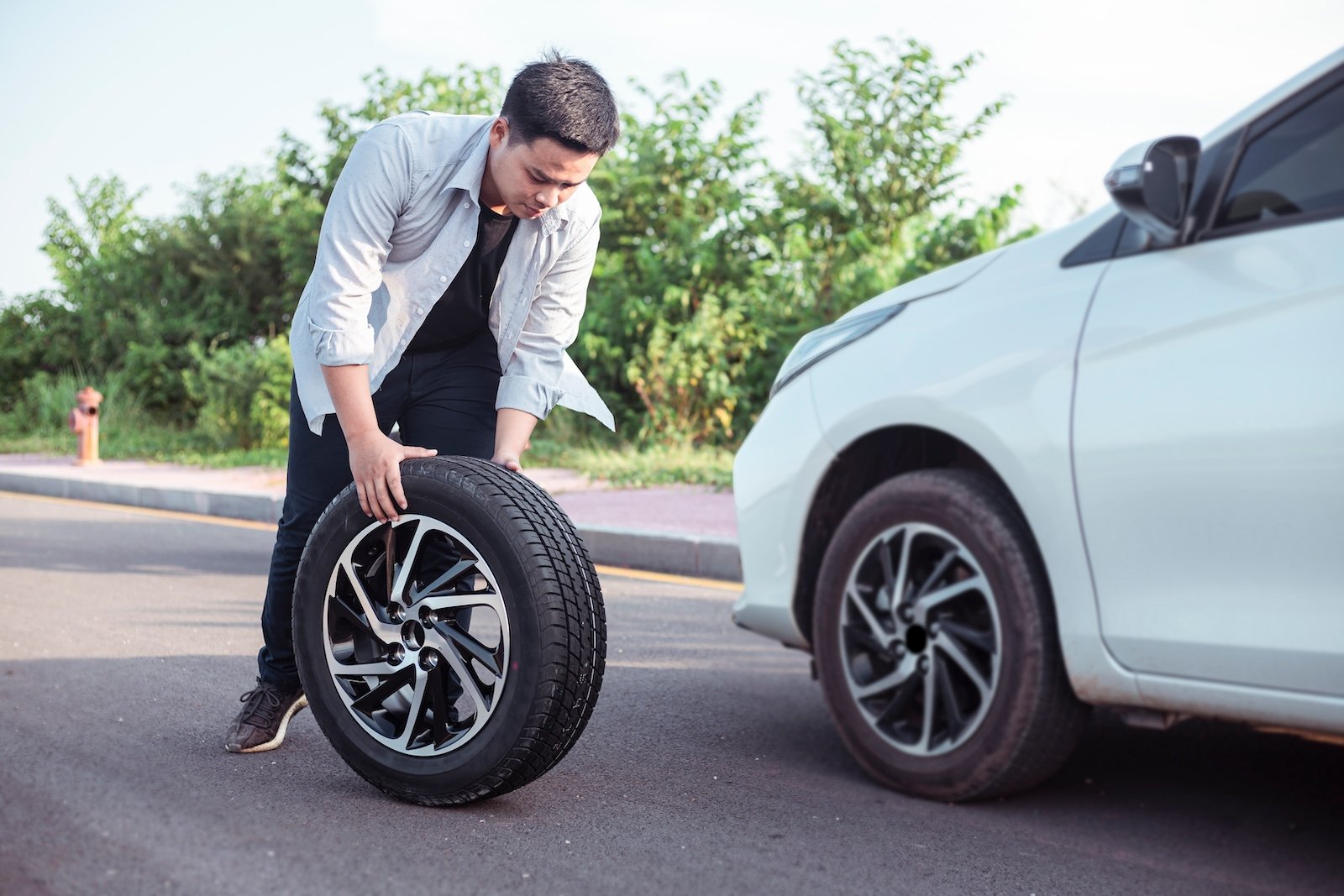
Wheels take a beating from brake dust, road grime, and tar. This is why professionals start by pre-cleaning them. They use a strong wheel cleaner (safe for your wheels’ material) to loosen all that buildup before washing the rest of the car. This prevents the dirt from transferring to your wash mitts and scratching the paint. Plus, a clean wheel cleaner makes those rims sparkle.
Apply The Top-Down Technique
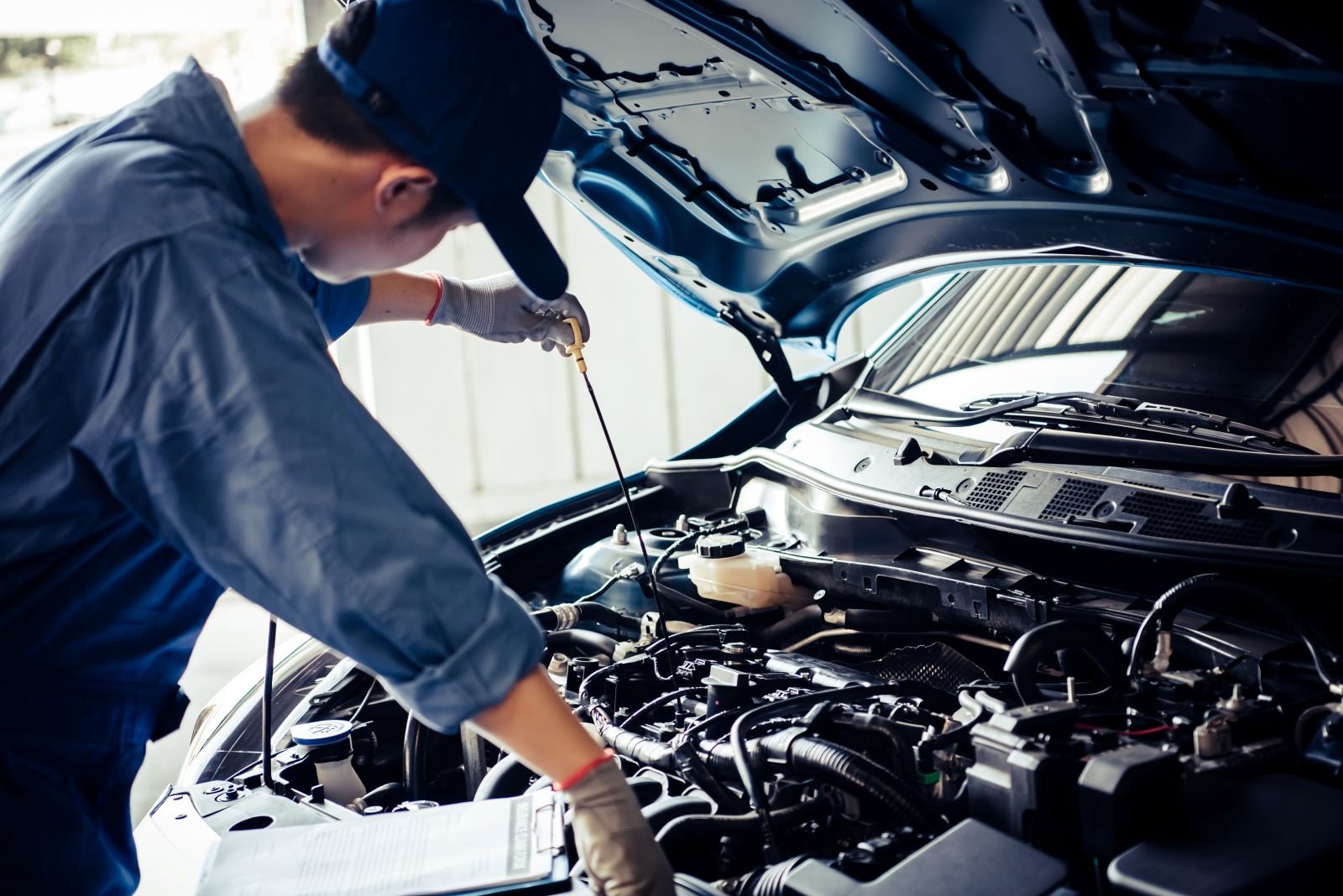
If you have ever been to a professional car wash, you will notice that the professional wash the cars in sections. They start from the top and work their way down. This might seem obvious, but it prevents dirty runoff water from washing over freshly cleaned areas. As an amateur, you might wash the roof first and then spray the dirty soap water all over the clean window, doubling your job. So, starting at the top, you ensure clean water rinses away any dirt dripping down.
Use Microfiber For Windows
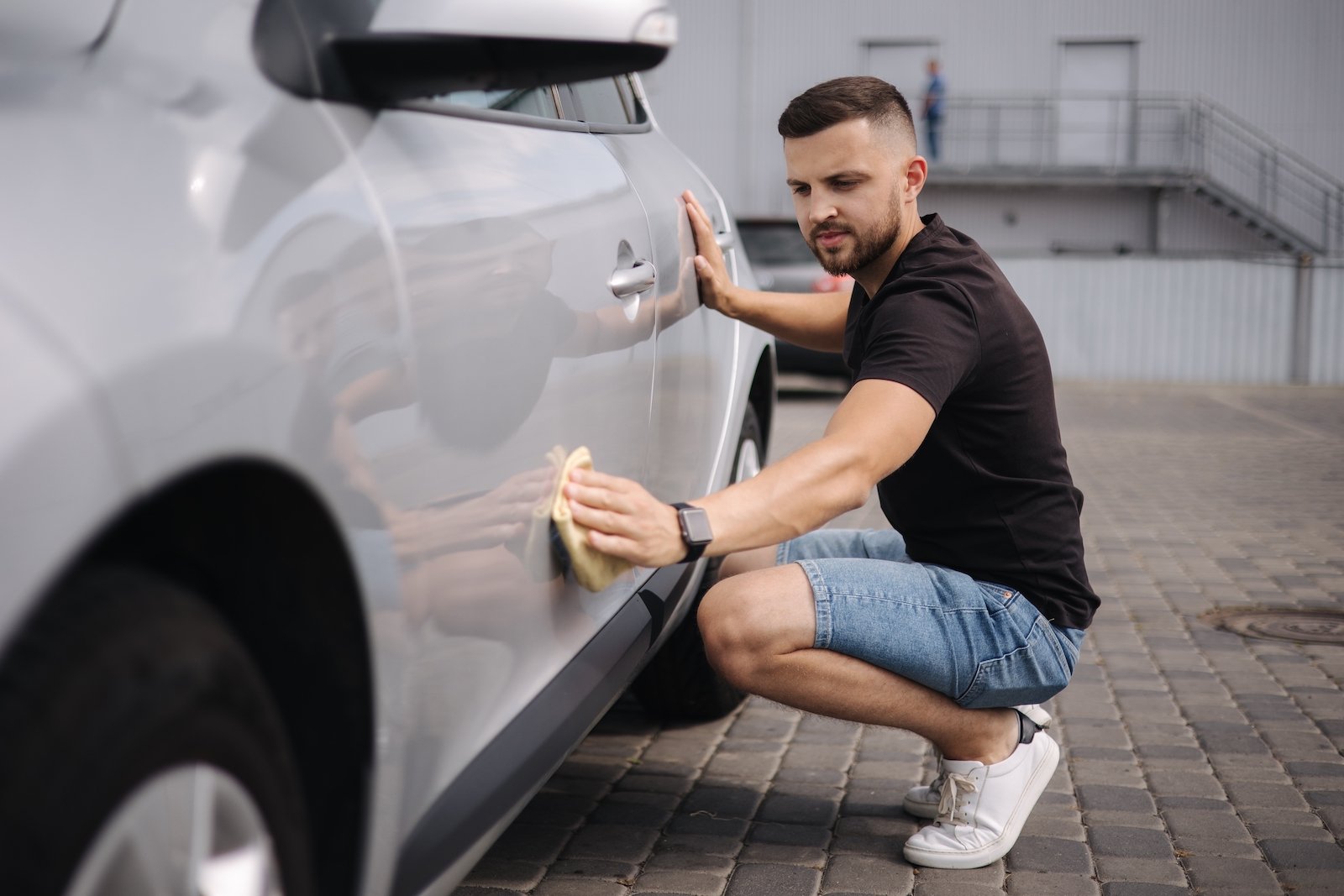
It becomes frustrating to have the window and front glass mark-free whenever we wash our car at home. No matter how clean the towel is, it always leaves those wiping marks. The trick is to use a special microfiber cloth for glasses instead of a regular towel. Now, these are much finer compared to regular microfiber cloth. For reference, glass microfiber clothes are the ones we get with our sunglasses. As for the cleaning technique, buffing the window in a criss-cross pattern ensures no streaks are left behind.
Pay Attention To Detail
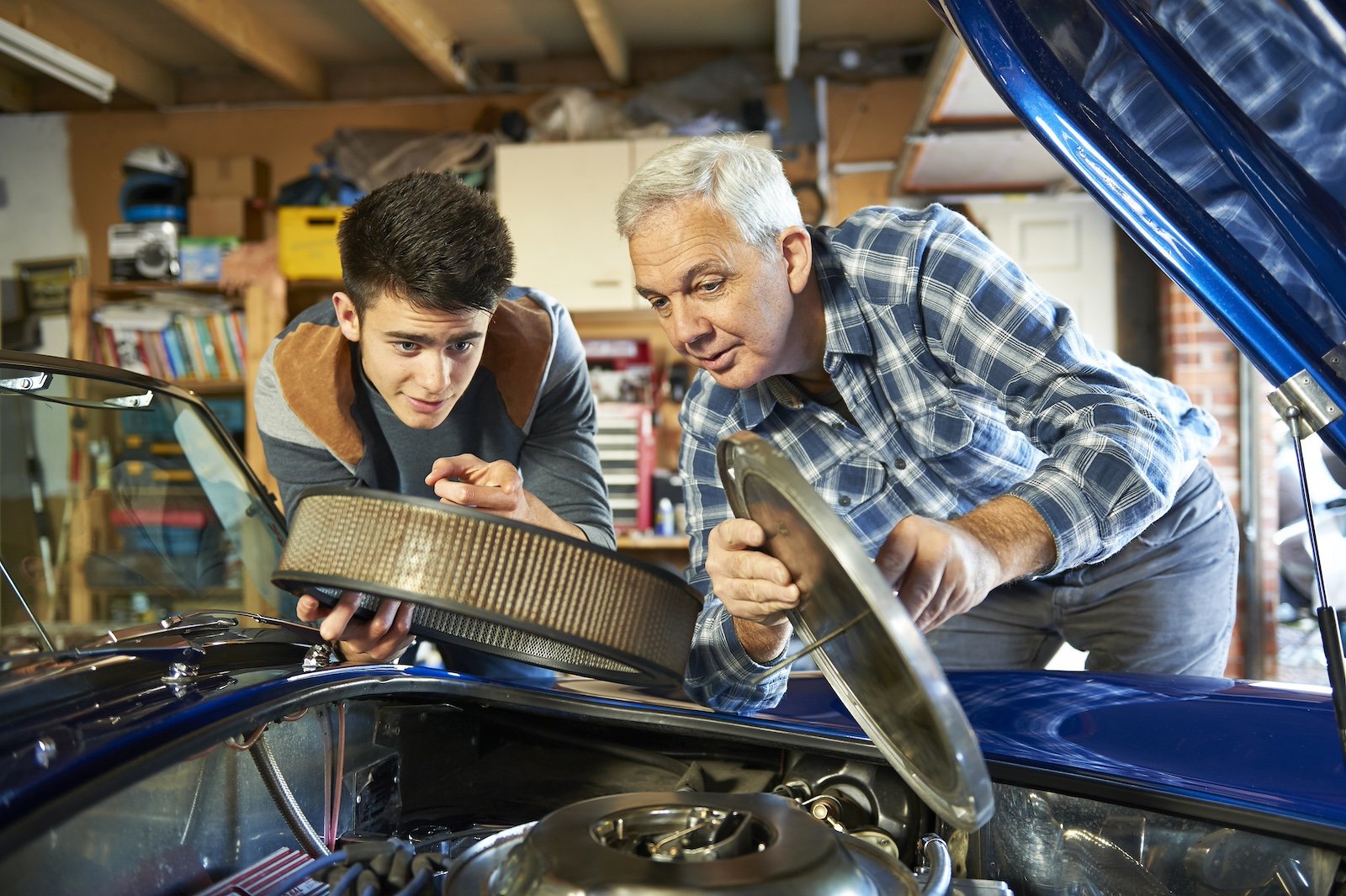
Professional car cleaning seems much better than at home because it pays attention to small details. They use small brushes to get into tight spaces around vents and controls, removing dust and crumbs. They also treat plastic trim with protectants to keep it looking fresh and black, not faded and gray. That extra attention to detail is what makes your car look showroom-ready.
Use Post-Cleaning Protection
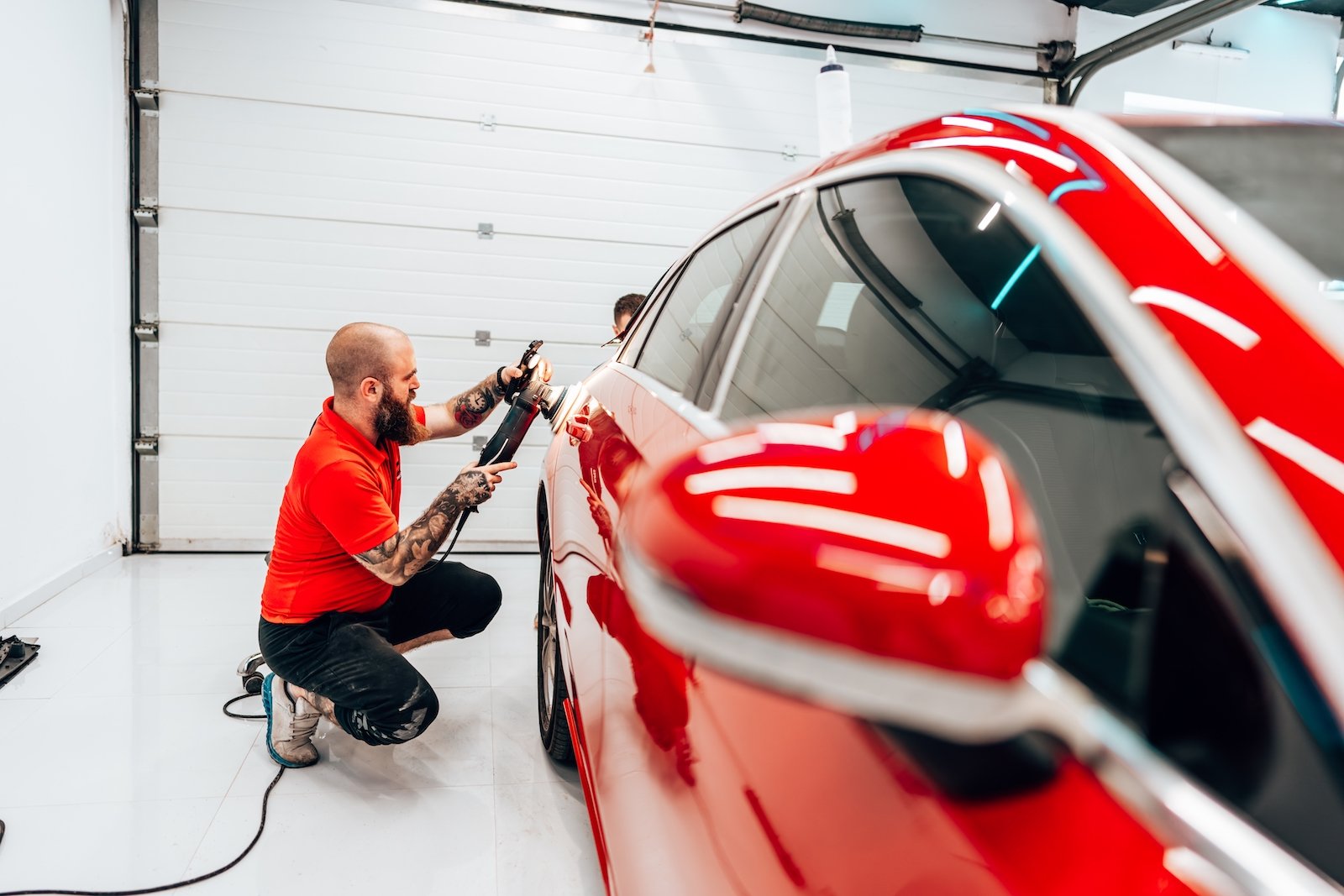
No matter how well you have cleaned your car, one trip down the road will again cover it in dust. So, to preserve your efforts and keep the car looking clean for longer, you need to do some post-cleaning curing. Professionals know that a good wax job or paint sealant is the key to lasting shine. Wax protects your car’s paint from harmful UV rays, water spots, and environmental damage. It also makes washing and drying easier next time. Applying a coat of wax every few months will keep your car looking as good as new for longer.
Use Bug Removal Spray
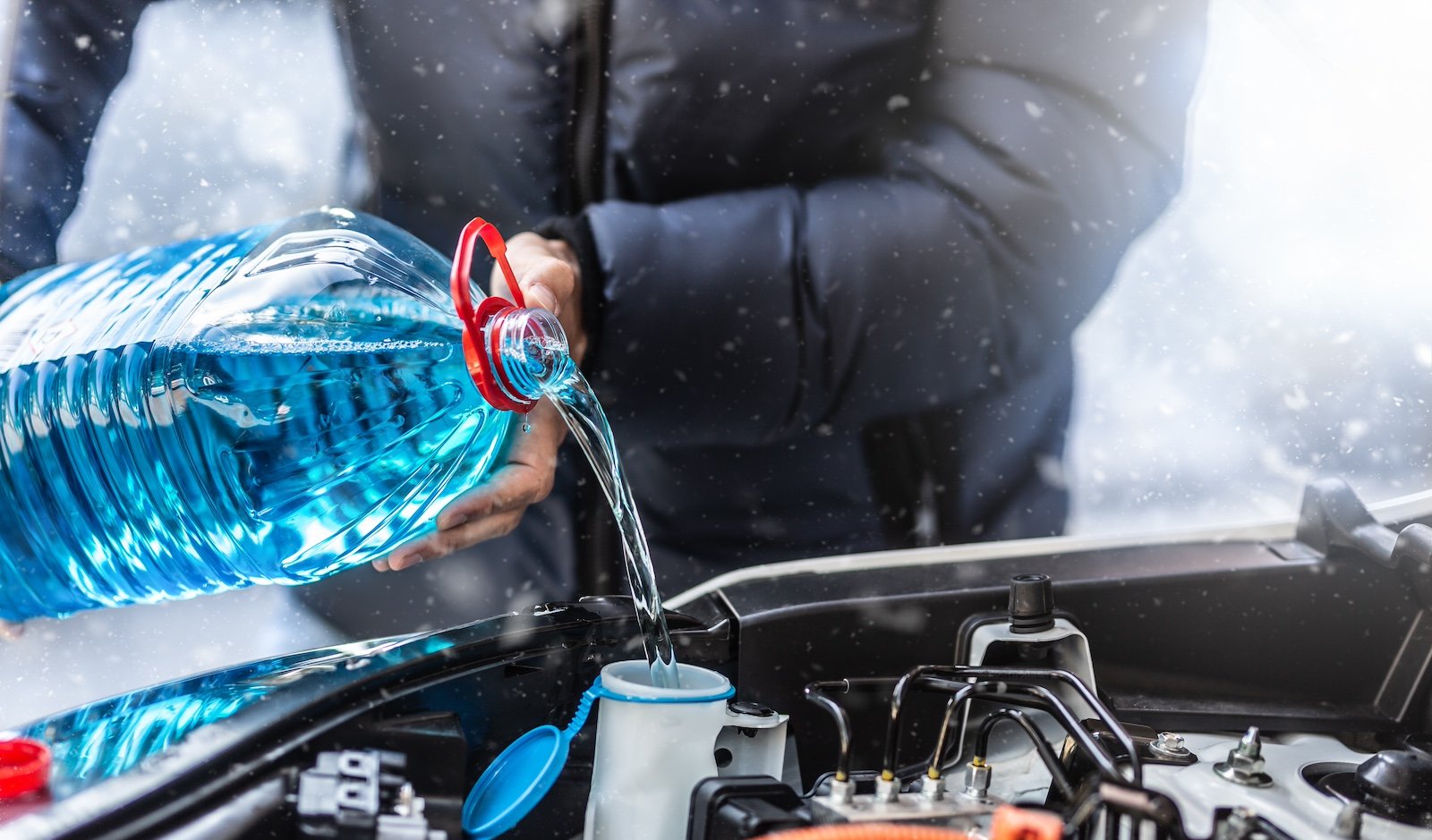
Bugs love cars, especially on long road trips. But scraping them off with a dry cloth is a recipe for disaster, leaving scratches on your paint. Professionals use dedicated bug spray for that. This special solution loosens the bugs’ grip on your car, making them easy to wipe away with a microfiber cloth. The key is using a product designed for this purpose, ensuring it’s gentle enough not to harm your paint’s clear coat. You can easily buy some from popular e-commerce platforms for under $50.
Take Extra Care of The Tires
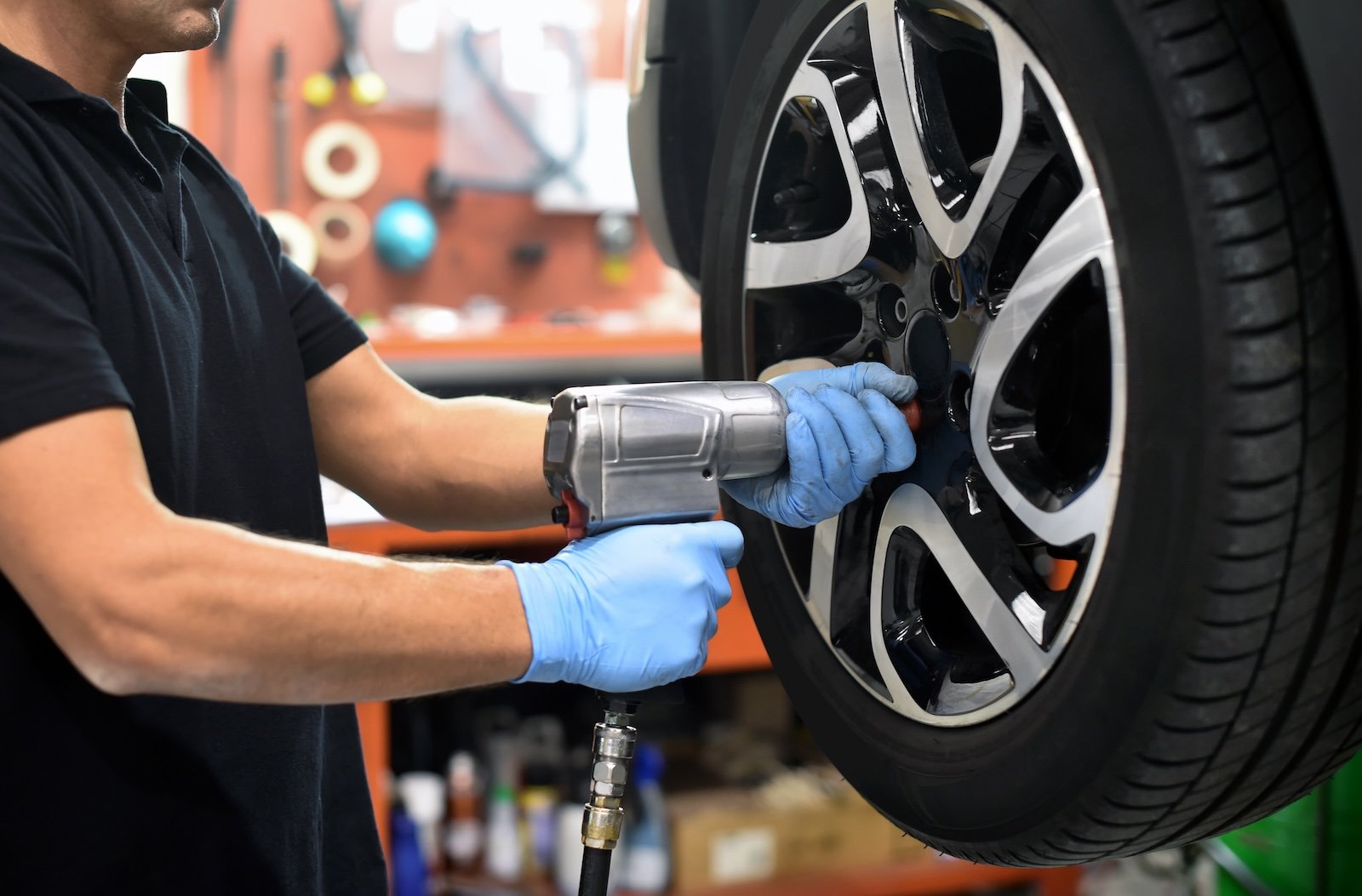
Needless to say, a clean car deserves clean tires. But detailers know just rinsing off dirt isn’t enough. They use a separate tire cleaner specifically formulated to tackle the grime that builds up in the tire’s grooves. Often paired with a stiff brush, they can scrub away embedded dirt and road tar, restoring the tire’s natural black shine. Clean tires not only enhance the overall look of your car but also remove any dirt that could fling onto the clean car during driving.
Brush The Carpet & Then Vacuum
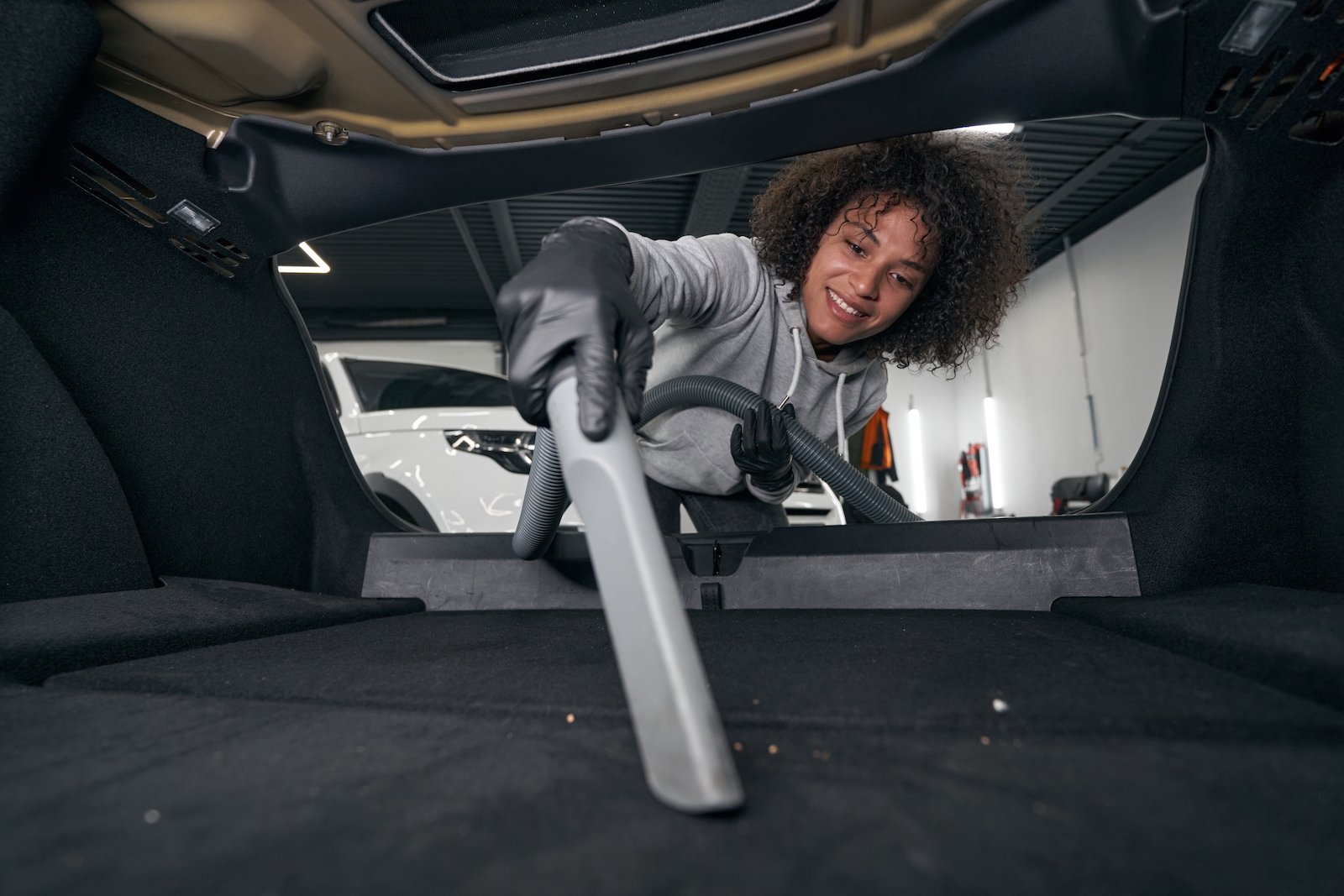
Vacuuming your car’s carpets seems straightforward, but a hidden trick detailers use to maximize cleaning power is brushing the carpet before vacuuming. Most of the time, car carpets trap dirt deep within their fibers over time. Just vacuuming might only remove surface-level debris. Brushing agitates the carpet fibers, loosening the dust and debris and making it easier for the vacuum to suck up. Plus, brushing can help revive the look and feel of your car’s carpets. As dirt gets trapped, it can mat down the fibers, making them appear dull and lifeless. Brushing plumps up the fibers, restoring their original texture.
Lubricate Door Joints
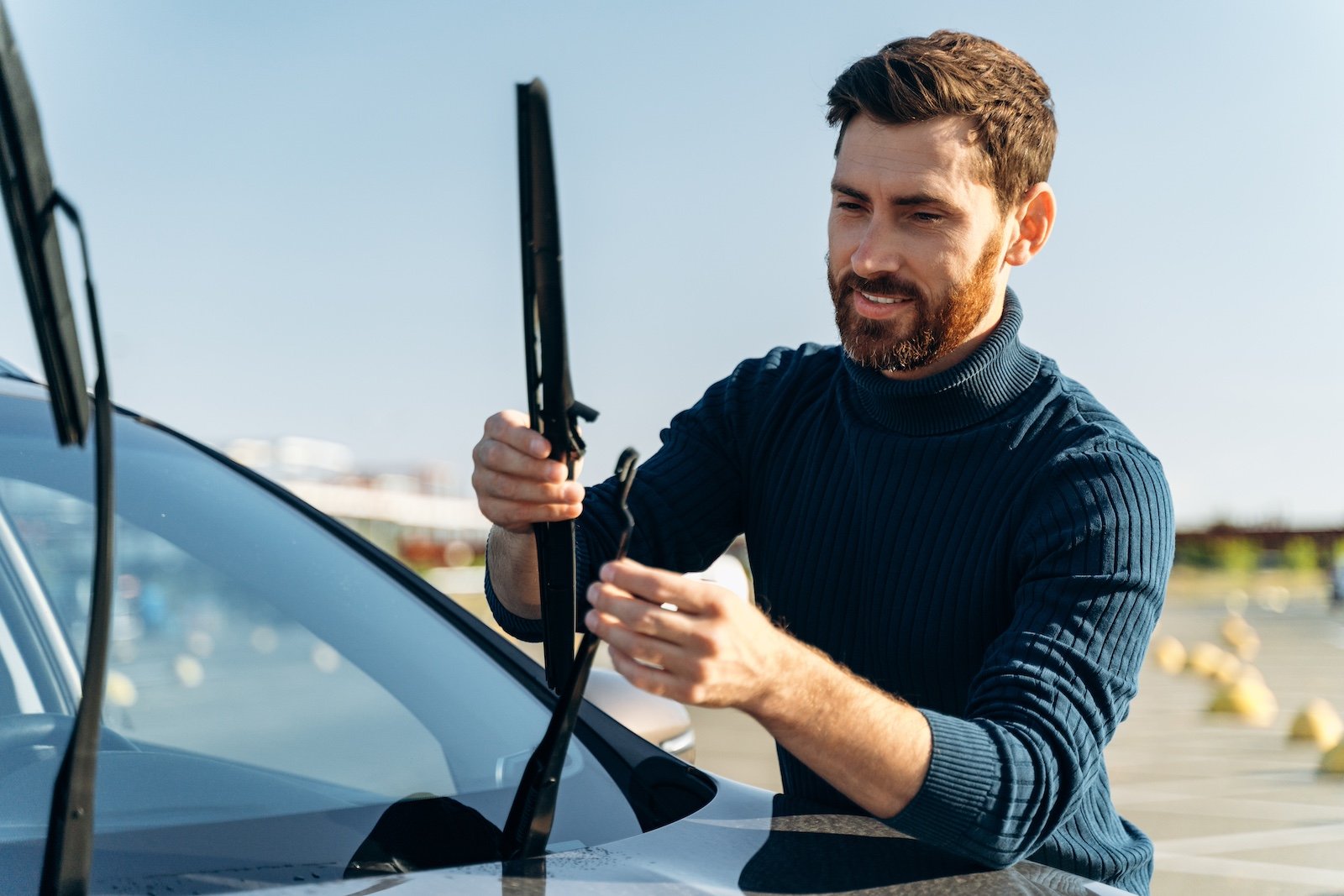
Car doors open and close hundreds of times, and the metal hinges and rubber seals can start to wear over time. This can lead to annoying squeaks and creaks every time you open or close the door. However, ensure that you are using the right lube. Random oil or WD-40 can attract dirt and dust, worsening the problem in the long run. Use a silicone-based lubricant specifically designed for car applications. Identify the areas where the creaking sound originates, typically around the door hinges and the rubber seals that contact the car frame. A little goes a long way, as excess lubricant can drip and stain your car’s interior or exterior.


